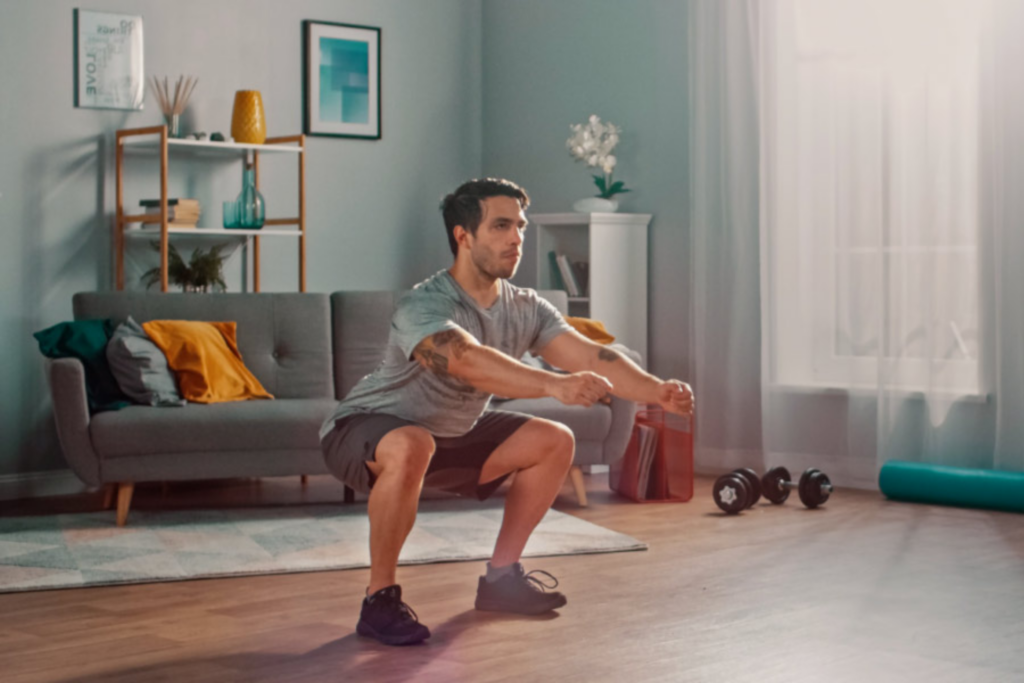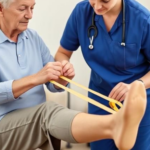
Muscle-sparing joint replacement is an advanced surgical technique that preserves the surrounding muscles and soft tissues while replacing a damaged joint. This approach minimizes trauma, reduces pain, and accelerates recovery compared to traditional joint replacement surgery. However, a well-structured rehabilitation program, including exercises and physical therapy, is crucial to ensuring the best outcomes and restoring full function.
In this blog, we will discuss the importance of post-surgical exercises, physical therapy, and how patients can maximize their recovery after muscle-sparing joint replacement.
Why Post-Surgical Exercises and Therapy Are Essential
Physical therapy and guided exercises play a key role in the healing process after muscle-sparing joint replacement. Here’s why they are crucial:
- Improves Joint Mobility – Gentle movements prevent stiffness and help restore a full range of motion.
- Strengthens Supporting Muscles – Strengthening exercises rebuild muscle tone around the new joint, providing better stability.
- Prevents Blood Clots – Movement encourages blood circulation, reducing the risk of complications such as deep vein thrombosis (DVT).
- Enhances Recovery Speed – Patients who adhere to physical therapy often regain mobility faster than those who don’t.
- Reduces Pain and Swelling – Targeted exercises and physical therapy techniques help in pain management and reduce swelling.
Post-Surgical Exercise Phases
Rehabilitation after muscle-sparing joint replacement follows a structured timeline, with different types of exercises introduced at various stages.
1. Early Recovery Phase (Week 1-2)
During the first couple of weeks post-surgery, the focus is on reducing swelling, regaining movement, and preventing stiffness. Some essential exercises include:
- Ankle Pumps – Moving the ankles up and down to improve circulation.
- Quadriceps Sets – Tightening and holding the thigh muscles for a few seconds to maintain strength.
- Heel Slides – Slowly bending and straightening the knee to improve flexibility.
- Straight Leg Raises – Raising the leg while keeping it straight helps strengthen the quadriceps without stressing the joint.
2. Strengthening Phase (Week 3-6)
As healing progresses, muscle strengthening and balance improvement become the priority. Exercises include:
- Mini Squats – Standing squats with slight bending to strengthen the lower body.
- Hip Abductions – Lifting the leg sideways to build hip and thigh muscles.
- Step-Ups – Gradually stepping onto a low platform to improve coordination and leg strength.
- Seated Knee Extensions – Strengthens the quadriceps without excessive strain on the joint.
3. Advanced Strength and Mobility Phase (Week 7-12)
In this phase, the goal is to regain near-normal strength and mobility. Recommended exercises include:
- Stationary Cycling – Improves joint motion and cardiovascular fitness.
- Leg Press (Low Resistance) – Helps strengthen leg muscles without excessive joint strain.
- Balance and Stability Exercises – Standing on one leg or using a balance board enhances joint stability.
- Water Therapy (Hydrotherapy) – Performing movements in water reduces the impact on joints while enhancing mobility.
The Role of Physical Therapy
While at-home exercises are beneficial, professional physical therapy ensures a guided, structured, and safe rehabilitation process. A physical therapist helps with:
- Manual Therapy – Hands-on techniques to improve mobility and reduce stiffness.
- Gait Training – Learning proper walking techniques with or without assistive devices.
- Pain Management Techniques – Ice therapy, heat application, and electrical stimulation to manage discomfort.
- Personalized Exercise Plans – Tailored routines to address specific patient needs and recovery goals.
Tips for a Smooth Recovery
- Follow Your Doctor’s Instructions – Adhere to post-surgical care guidelines to prevent complications.
- Stay Active but Don’t Overdo It – Engage in movement without pushing beyond recommended limits.
- Eat a Nutritious Diet – Proper nutrition supports muscle recovery and bone healing.
- Maintain Hydration – Helps with muscle function and reduces cramping.
- Use Assistive Devices if Needed – Walkers or crutches can provide extra support in the early recovery phase.
Summary
Muscle-sparing joint replacement offers faster recovery and less pain, but rehabilitation through exercises and physical therapy is essential for optimal outcomes. A combination of early movement, strengthening exercises, and guided physical therapy ensures a smooth recovery and long-term joint functionality.
For expert orthopedic care and personalized rehabilitation plans, consult Dr. Saurabh Giri at Helios Orthojoint. He is the best orthopedic doctor in Pune, specializing in advanced joint replacement and post-surgical rehabilitation. His expertise ensures that patients receive the best care and recover efficiently.
If you are considering joint replacement or need post-surgical guidance, visit Helios Orthojoint and take the first step toward a pain-free, active life!




